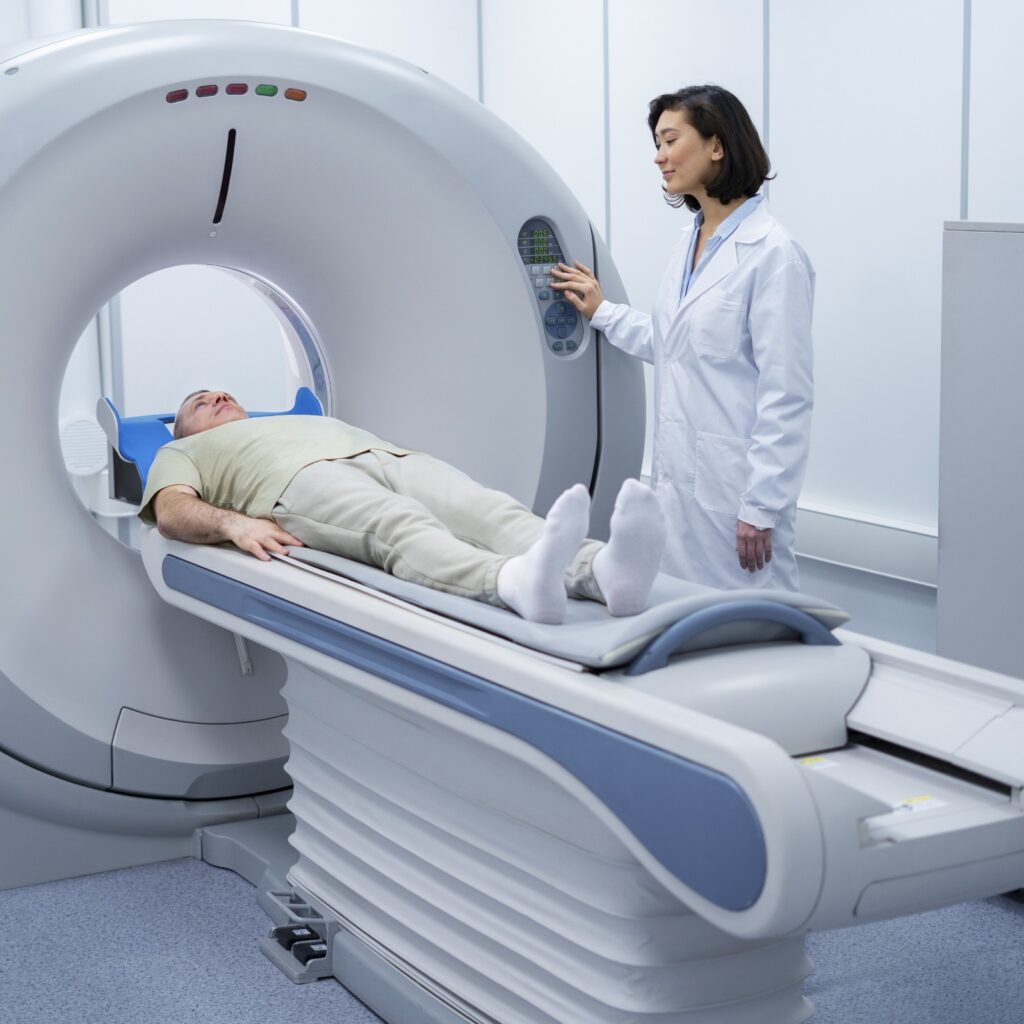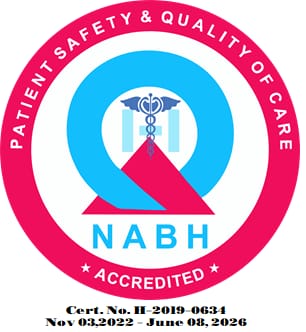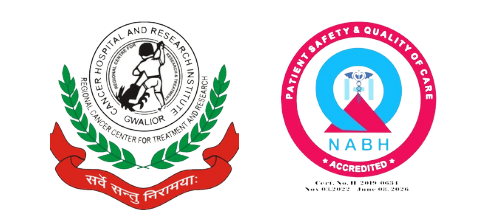
Overview
Our heart is a pump and needs healthy valves to function optimally. There are 4 valves in our heart, two located between the chambers (Mitral and Tricuspid) and the other two located between the chambers and blood vessels (Aortic and Pulmonary Valves). When open, the valves allow the blood to flow only in one direction; when closed, these valves form a strong seal between the different chambers of heart as well as blood vessels.
Who is a good candidate for valvular heart surgery?
Our heart is a pump and needs healthy valves to function optimally. There are 4 valves in our heart, two located between the chambers (Mitral and Tricuspid) and the other two located between the chambers and blood vessels (Aortic and Pulmonary Valves). When open, the valves allow the blood to flow only in one direction; when closed, these valves form a strong seal between the different chambers of heart as well as blood vessels.
Our experts specialize in the techniques required for stenotic aortic valve. Consult our team to know which is an appropriate procedure for you.
Get a call back from our health advisor
When is valvular heart surgery needed?
Depending upon the extent and location of damage, valves can be either repaired or replaced by different procedures like:
- For Valve Narrowing (Stenosis): Closed or open valvulotomy is performed. In this procedure, an incision is made in a fused/narrow valve to restore the valve opening. However, if the restructure of the valve is deranged then a valve replacement is done using a mechanical/metallic (St. Jude or Medtronic Valve) or a bioprosthetic (porcine valve).
- Valve Regurgitation: Advanced repair techniques are used for valve leaflets as well as subvalvular apparatus. In case, its repairing is not feasible then valve replacement is done. We are equipped with cardiac surgeons who specialize in repair techniques for regurgitant mitral valves. Valve replacement is only done for extreme structural abnormality of mitral valve.
What is a transcatheter aortic valve replacement (TAVR)?
For all your patients suffering from severe aortic stenosis unless determined to be at low surgical risk for open heart surgery, transcatheter aortic valve replacement (TAVR), sometimes referred to as transcatheter aortic valve implantation (TAVI), is a less invasive procedure that does not require open-heart surgery.
This minimally invasive surgical procedure repairs the valve without removing the old, damaged valve. Instead, it wedges a replacement valve into the aortic valve’s place.
Valve-in-Valve - How does it work?
Somewhat similar to a stent placed in an artery, the TAVR approach delivers a fully collapsible replacement valve to the valve site through a catheter.
Our Services

Surgical Oncology
At this time the procedure is reserved for those people

Medical Oncology
At this time the procedure is reserved for those people

Radiation Oncology
At this time the procedure is reserved for those people

Bone Marrow Transplant
At this time the procedure is reserved for those people

Gynecologic Oncology
At this time the procedure is reserved for those people

Anesthesiology
At this time the procedure is reserved for those people
Online Virtual Visits
Somewhat similar to a stent placed in an artery, the TAVR approach delivers a fully collapsible replacement valve to the valve site through a catheter.




